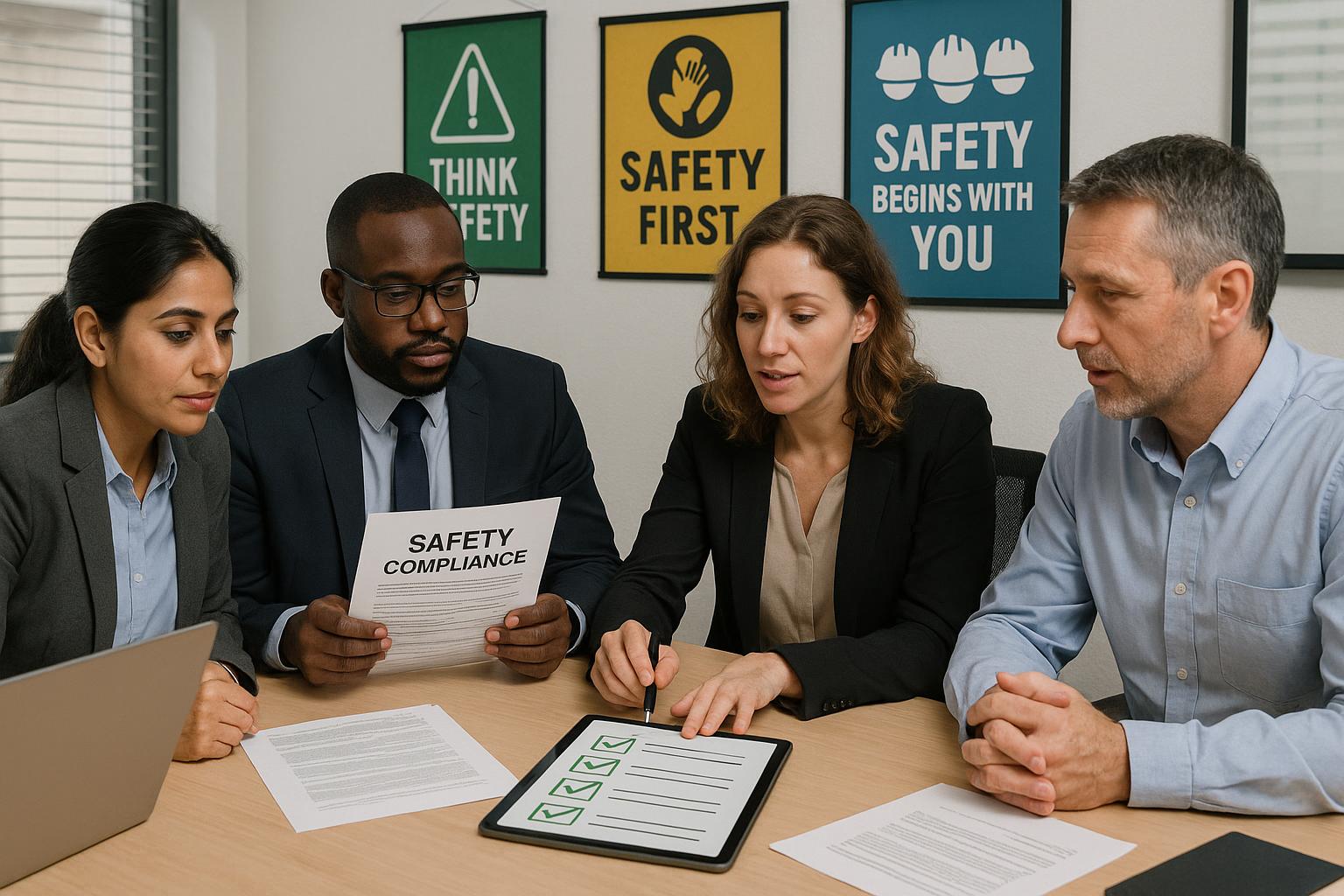In today’s dynamic work environments, safety is not just a policy—it’s a practice that begins with effective training. Managers play a pivotal role in shaping a culture where safety is prioritized, understood, and implemented daily. Their leadership in workforce education ensures that safety protocols are not only taught but also ingrained in the organizational ethos.
The Manager’s Influence on Safety Training
Managers are the bridge between safety policies and frontline execution. Their involvement in training initiatives can:
- Set the Tone: When managers actively participate in safety training, it underscores the importance of the subject matter.
- Ensure Relevance: Managers can tailor training content to address specific challenges and scenarios their teams face.
- Reinforce Learning: By integrating safety discussions into regular meetings and evaluations, managers help reinforce training objectives.
Implementing Effective Safety Training Strategies
1. Customized Training Programs
Generic training often falls short in addressing unique workplace hazards. Managers should collaborate with safety professionals to develop customized training programs that reflect the specific risks and procedures of their operations.
2. On-Site Training Sessions
Conducting training sessions on-site allows employees to learn in their actual work environment, making the training more practical and relatable. Managers can facilitate these sessions to ensure they align with daily operations.
3. Continuous Learning Opportunities
Safety training shouldn’t be a one-time event. Managers should promote ongoing learning through refresher courses, toolbox talks, and updates on new safety protocols. This continuous approach keeps safety top-of-mind and adapts to evolving workplace conditions.
Leveraging Technology in Safety Training
Modern technology offers innovative ways to enhance safety training:
- Online Training Modules: Flexible and accessible, online modules allow employees to learn at their own pace, ensuring better retention.
- Virtual Reality (VR) Simulations: VR provides immersive training experiences, enabling employees to practice responses to hazardous scenarios in a controlled environment.
- Learning Management Systems (LMS): An LMS can track training progress, schedule sessions, and provide resources, ensuring a structured approach to safety education.
Measuring Training Effectiveness
To ensure that safety training translates into safer work practices, managers should:
- Conduct Assessments: Regular quizzes and practical evaluations can gauge employee understanding and application of safety protocols.
- Monitor Incident Rates: A decrease in workplace incidents post-training can indicate the effectiveness of the training programs.
- Gather Feedback: Encouraging employees to provide feedback on training sessions can highlight areas for improvement and ensure the training remains relevant.
Fostering a Culture of Safety
Beyond formal training, managers should strive to embed safety into the organizational culture:
- Lead by Example: Managers should consistently demonstrate safe practices, setting a standard for their teams.
- Encourage Open Communication: Creating an environment where employees feel comfortable discussing safety concerns leads to proactive hazard identification and resolution.
- Recognize Safe Behavior: Acknowledging and rewarding employees who exemplify safe practices reinforces the importance of safety and motivates others.
Safety training is the cornerstone of a secure workplace, and managers are instrumental in its successful implementation. By actively engaging in training initiatives, leveraging technology, and fostering a culture that values safety, managers can ensure that safety protocols are not only taught but lived daily. This commitment not only protects employees but also enhances overall organizational performance.



